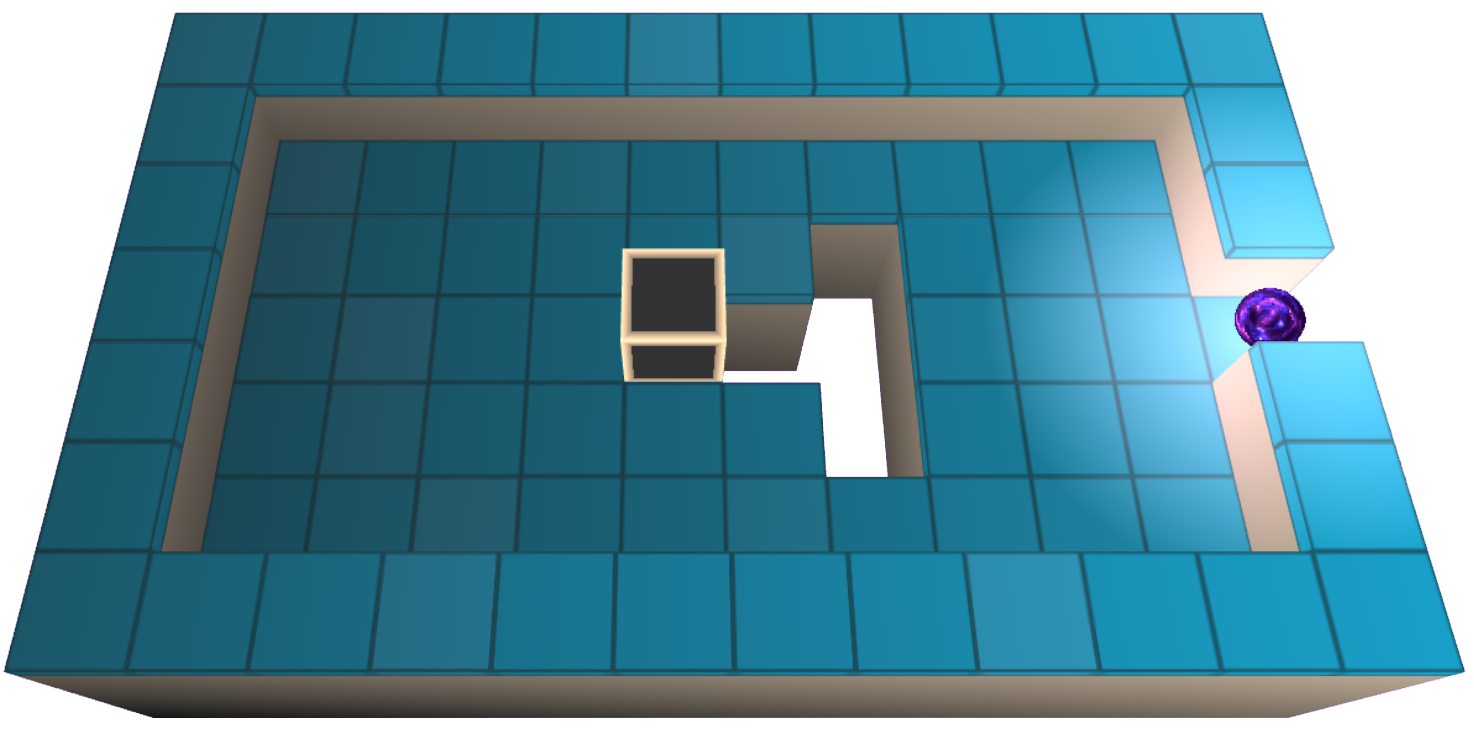Entrada do usuário em Java - classe Scanner
Nosso tópico hoje é Java User Input , e forneceremos exemplos para garantir que os alunos possam entendê-lo melhor.
Entrada do usuário Java
Como parte do Java User Input , existe uma classe Scanner que é usada para obter a entrada do usuário. Ele pode ser encontrado no pacote java.util.
Criar um objeto da classe Scanner e chamar um dos métodos listados na documentação permitirá que você use a classe Scanner.
Sintaxe:
Scanner mrx=new Scanner(System.in);
Aqui está um exemplo de uso do método nextLine() para ler uma string:
Example:
Múltiplas entradas podem ser obtidas do usuário, conforme mostrado no exemplo abaixo:
Example:
O Tutorial de Pacotes Java oferece uma visão geral do que é um pacote e o que você pode fazer com ele.
Tipos de Entrada Java
Conforme mostrado nos exemplos acima, nextLine() foi usado para ler strings e nextInt() foi usado para buscar valores int. Confira a tabela abaixo para saber mais sobre outros tipos:
| Métodos | Visão geral |
|---|---|
BigDecimal nextBigDecimal() |
Essa função verifica o próximo token como BigDecimal . |
BigInteger nextBigInteger() |
Um BigInteger é usado para verificar o próximo token de entrada. |
nextBoolean() |
Obtém um valor booleano do usuário. |
nextByte() |
Lê um valor de byte do usuário. |
nextDouble() |
Recebe um valor duplo do usuário. |
nextFloat() |
Obtém um valor float do usuário. |
nextInt() |
Obtém um valor int do usuário. |
nextLine() |
Lê um valor String do usuário. |
nextLong() |
Obtém um valor longo do usuário. |
nextShort() |
Lê um valor curto do usuário. |
Aqui estão alguns exemplos de leitura de dados de diferentes tipos usando diferentes métodos :
Example:
Outra abordagem.
Example:
Lembre-se: Você receberá uma mensagem de exceção/erro (como “ InputMismatchException ”) se inserir uma entrada incorreta (por exemplo, texto em uma entrada numérica).
A entrada de usuário Java agora é familiar para você e você sabe como usá-la – Mais informações sobre exceções e tratamento de erros podem ser encontradas em nosso próximo capítulo sobre Exceções .
